When I first visited Cilento, about 90 miles south of Naples, I couldn’t help but notice how this region blends ancient history with living traditions. This hidden Italian gem holds remarkable Greek ruins at Paestum and Velia, right alongside everyday cultural practices that led UNESCO to recognize it as a World Heritage site.
The Cilento and Vallo di Diano National Park stands out as one of Italy’s most significant cultural landscapes. Here, the Mediterranean diet was born, and ancient Greek colonization left a mark that’s hard to miss.
Wandering through the temples at Paestum feels like stepping back 2,500 years. Yet, just minutes away, I found myself at a buffalo farm, watching the creation of the world’s finest mozzarella di bufala.
The juxtaposition is magical. Brooding buffaloes graze near Greek columns, creating a living connection between past and present that’s unique to this part of Campania.
The countryside here offers surprising diversity. You’ll find pristine beaches with twelve Blue Flag awards and rolling hills where olive groves and vineyards thrive.
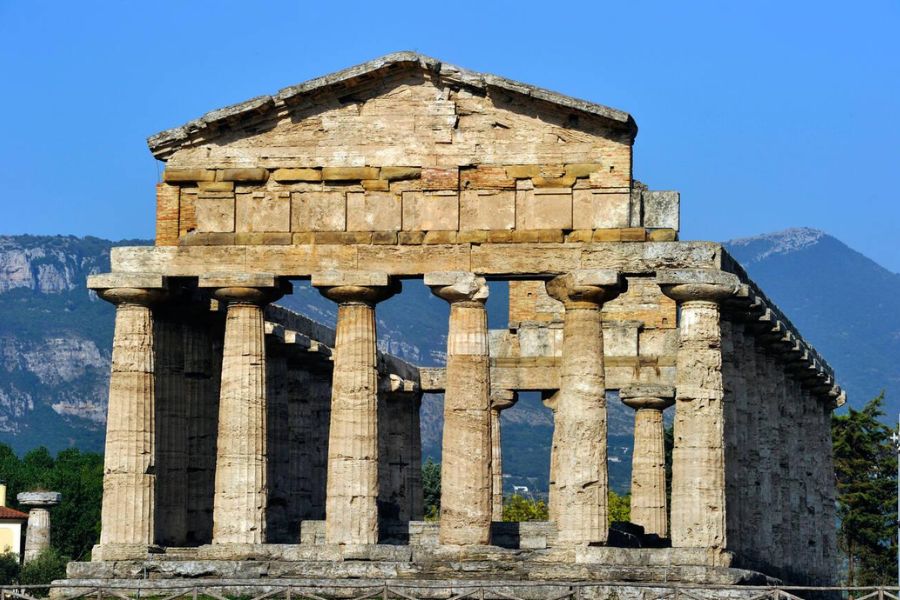
My journey through Cilento helped me understand why this landscape matters so much to Italian heritage and identity. While tourists crowd the Amalfi Coast, I wandered alone among ancient stones and authentic farms, soaking up a side of Italy that feels wonderfully untouched by mass tourism.
Discovering Cilento: A Timeless Italian Landscape
Just south of the Amalfi Coast lies Cilento, one of Italy’s best-kept secrets. This enchanting region mixes natural beauty, ancient history, and authentic Italian culture into an experience you won’t soon forget.
The Unique Geography of Cilento
Cilento’s geography is something else. The Tyrrhenian Sea hugs its western edge, while rolling mountains create a dramatic backdrop.
I was amazed by how the landscape shifts from pristine beaches to lush hills in just a few miles.
The region sits inside the larger Cilento and Vallo di Diano National Park, Italy’s second-largest national reserve. Protected status has kept its natural beauty and biodiversity intact.
The terrain ranges from coastal cliffs near Castellabate to gentle, fertile plains where buffalo farms thrive. These buffalo produce the famous mozzarella di bufala that makes the local cuisine so memorable.
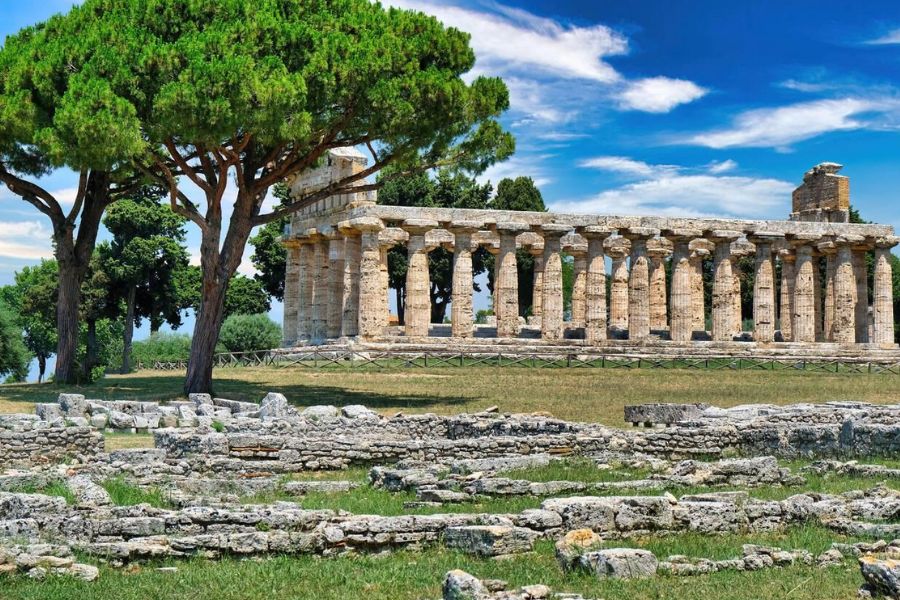
Rivers carve through the land, creating valleys that have sheltered communities for thousands of years. The Mediterranean climate provides perfect conditions for olives and grapes that define local products.
Historic Centres and Old Town Charms
Walking through Cilento’s historic centers feels like stepping into another era. Agropoli’s medieval core perches on a promontory, with narrow lanes leading to a 6th-century castle.
I loved exploring Castellabate, where the historic center has earned UNESCO recognition. Stone buildings with wooden balconies line streets barely wide enough for a small car.
Each town has its own character. Some show Norman influences while others lean into Greek-inspired architecture, reflecting the region’s layered history.
Local life gathers around picturesque piazzas. I joined residents for evening passeggiata (strolls), soaking up the easygoing rhythm.
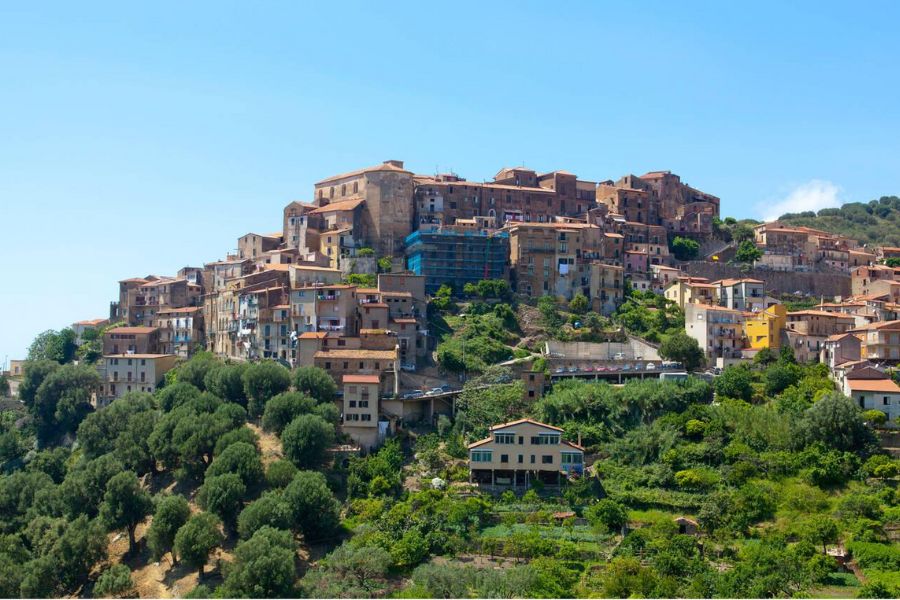
Cafés and small shops keep traditions alive that have nearly vanished elsewhere in Italy.
The lack of mass tourism keeps these towns authentic. Shopkeepers greet visitors personally, and traditions have survived for generations.
Cilento Coast and Surrounding Countryside
The Cilento coast offers some of Italy’s most beautiful and uncrowded beaches. Crystal-clear waters lap against shores that range from sandy coves to dramatic rocky outcrops.
I found the coastline between Agropoli and Palinuro especially stunning. Hidden beaches are accessible only by boat or a short hike. The Blue Flag designations along much of the shoreline speak to the water quality.
Inland, the countryside reveals a patchwork of olive groves, vineyards, and small farms. Traditional agricultural practices continue here much as they have for centuries.
Driving the winding roads between villages, I stumbled on panoramic views at almost every turn. The region between Salerno and the coast offers particularly striking vistas.
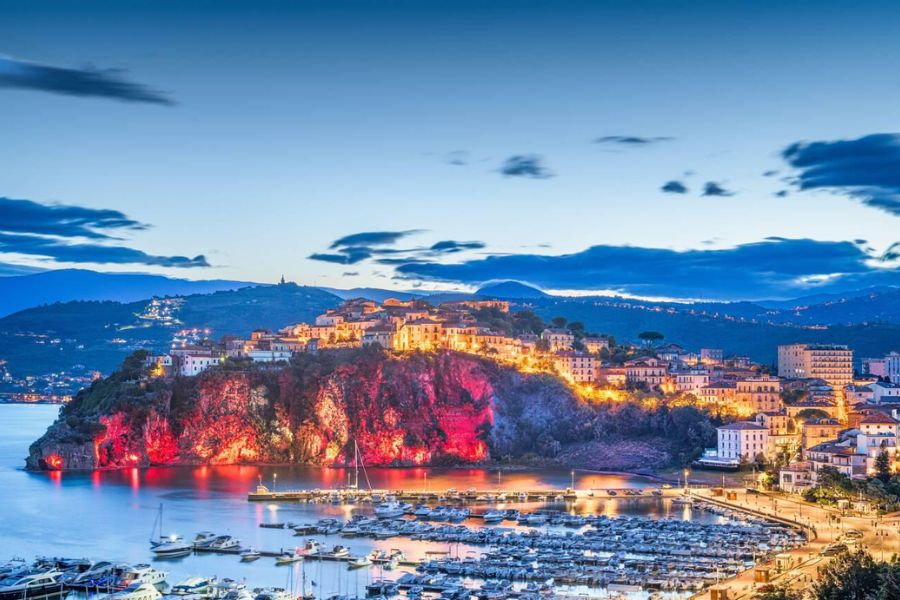
The countryside hides treasures like ancient ruins, countryside chapels, and family farms where visitors can sample local products straight from the source.
Ancient Greek Sites and Archaeological Wonders
Cilento’s landscape is dotted with ancient Greek ruins that tell the story of Magna Graecia. These archaeological treasures offer a peek into a civilization that thrived here over 2,500 years ago.
Greek Temples of Paestum
Paestum hosts some of the best-preserved Greek temples outside of Greece. Walking among these massive structures, I marveled at their state of preservation.
Three main temples tower over the site: the Temple of Hera I (also called the Basilica), the Temple of Neptune, and the Temple of Athena.
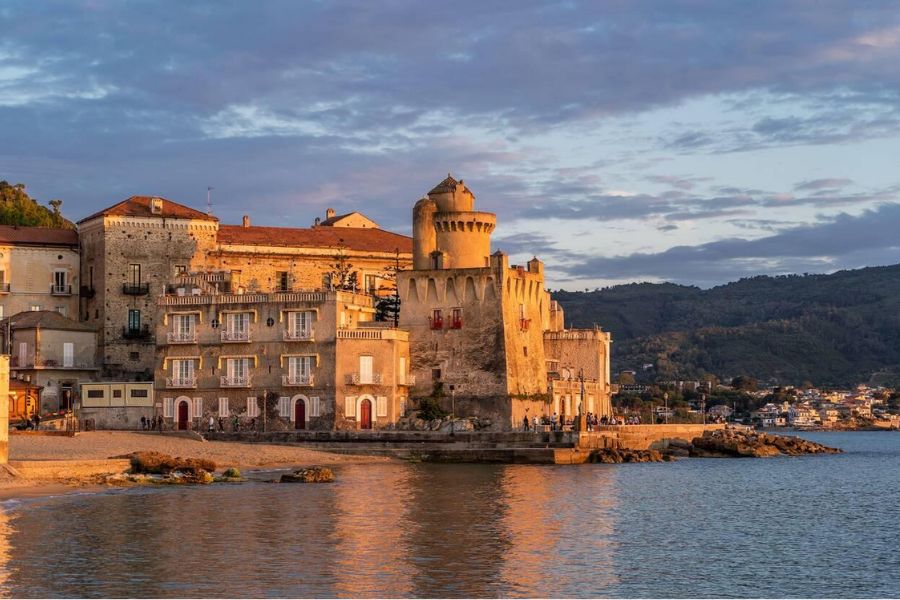
The Temple of Neptune (450 BCE) really blew me away with its perfect Doric proportions. Standing beneath those columns, I felt transported back to ancient times.
The architectural precision is something else—each column lines up perfectly, even though ancient builders didn’t have modern tools.
Locals told me that sunset here is pure magic, as golden light bathes the honey-colored limestone. These temples show just how much Greek architecture influenced the entire Mediterranean.
The Ruins of Velia (Elea)
I explored Velia, known to the Greeks as Elea, founded around 540 BCE by Greek colonists. The site spreads across a hillside with spectacular views of the Tyrrhenian Sea.
Velia is famous as the birthplace of the Eleatic school of philosophy, home to thinkers like Parmenides and Zeno. Walking through the ruins, I followed ancient streets past the remains of houses, public buildings, and baths.
The Porta Rosa (Pink Gate) caught my eye—it’s one of the oldest Greek arches still standing. Dating from the 4th century BCE, this engineering marvel shows the advanced construction techniques of ancient Elea.
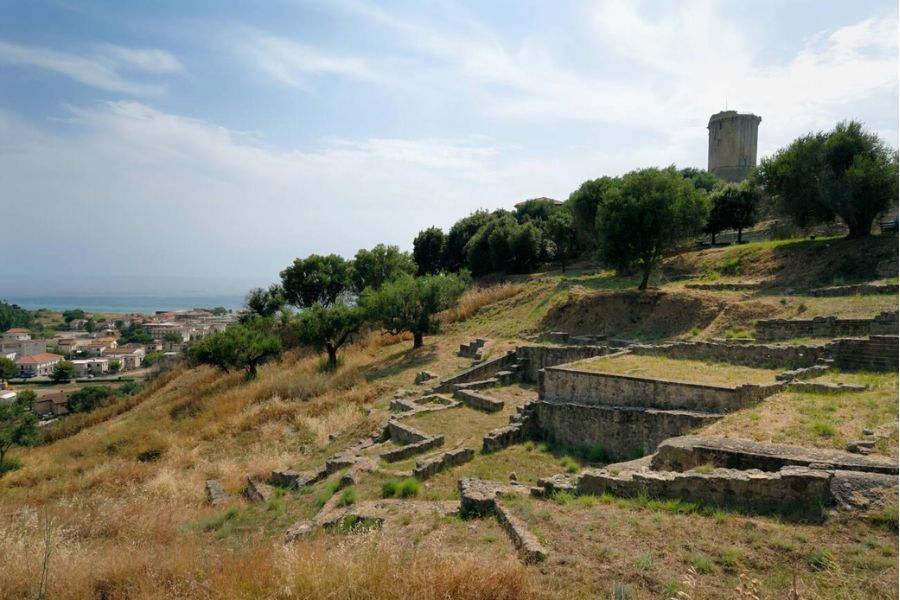
The archaeological park also features a Greek theater where performances once took place. Sitting on the ancient stone seats, I tried to imagine audiences gathered here thousands of years ago.
Archaeological Park of Paestum and Poseidonia
The Archaeological Park combines the ancient Greek city of Poseidonia (later called Paestum by the Romans) into one incredible UNESCO World Heritage site. Beyond the temples, I found a complete ancient city layout with:
- The Forum: The central square
- Amphitheater: Gladiatorial contests happened here
- City walls: Nearly 5km of ancient fortifications
- Residential areas: You can see daily life patterns
The on-site museum houses extraordinary artifacts, including the famous “Tomb of the Diver,” a 5th-century BCE painted tomb. This fresco shows a man diving into water, symbolizing the passage from life to death.
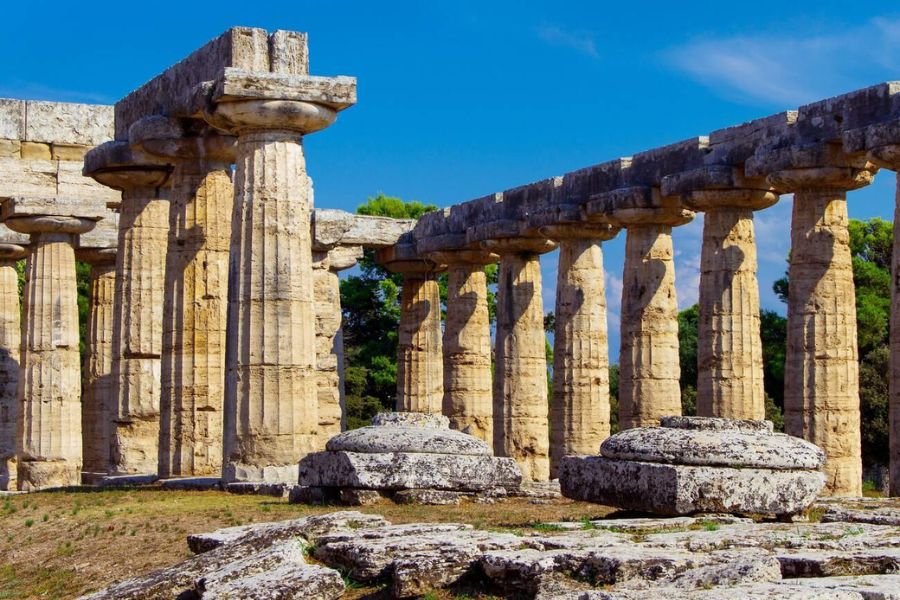
What struck me most was seeing how the city evolved from Greek to Roman control. You can spot the changes in architectural styles and urban planning as cultures blended over centuries.
Cilento’s Archaeological Remains Across the Region
Beyond the major sites, I kept stumbling on archaeological treasures in Cilento’s landscape. Small villages often hide ancient ruins integrated into daily life.
In Castellabate, I found remnants of a Greek settlement beneath the medieval town. Local farmers sometimes unearth pottery fragments and ancient coins in their fields.
The archaeological site of Roccagloriosa reveals a Lucanian settlement that interacted with Greek colonists. The defensive walls and sanctuary show fascinating cultural exchanges between indigenous people and Greek settlers.
Many churches in the region feature ancient Greek and Roman columns. In one small village church, I noticed classical capitals supporting medieval arches—a perfect example of how history literally stacks up in Cilento.
Several small museums across the region display locally found artifacts. The collection in Agropoli includes beautiful Greek pottery, proof of the high artistic standards in these colonial outposts.
Buffalo Farms and the Flavors of Cilento
Water buffalo are central to Cilento’s culinary identity and agricultural heritage. These animals produce the milk for Italy’s prized mozzarella di bufala, turning this region into a food lover’s paradise.
Farm Life: Visiting Bufala Mozzarella Producers
Traveling through Cilento, I learned that visiting a buffalo farm gives you a real glimpse into Italian food traditions. The region is famous for authentic mozzarella di bufala, made from the milk of water buffaloes that roam freely on family-run farms.
These farms welcome visitors. I watched skilled cheesemakers transform fresh buffalo milk into creamy mozzarella through a careful process of stretching and kneading.
Most producers offer guided tours where you can meet buffaloes up close and learn about their care. The animals are surprisingly gentle, even with their size.
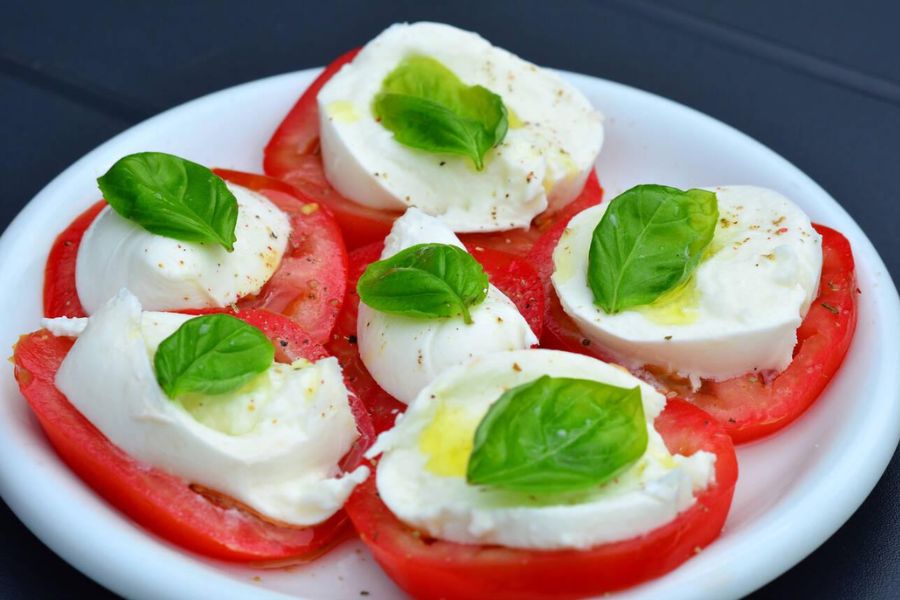
The best part? Tasting the mozzarella just minutes after it’s made. Nothing compares to that fresh, milky flavor—the texture is delicate yet firm, with a subtle tang that store-bought cheese just can’t match.
Tenuta Seliano and Authentic Agritourismo Experiences
Tenuta Seliano really stands out among Cilento’s agritourismo spots. This working buffalo farm invites guests to stay in restored farm buildings and experience rural Italian life firsthand.
I spent two nights at this beautiful estate, waking to the distant sounds of buffaloes and roosters. The stone buildings blend right into the countryside, giving the place a timeless vibe.
Farm-to-table gets real here. Every meal features products from the estate—from fresh mozzarella to organic vegetables and homemade pasta.
What makes Tenuta Seliano special is the genuine connection to agricultural traditions. The owners share stories of generations working this land while serving incredible meals under ancient olive trees.
You can join cheese-making demos, cooking classes, and guided walks through the farm. I left with a deeper appreciation for the work behind Italy’s food traditions.
Buffalo Farm Traditions and Conservation
Cilento’s buffalo farms keep traditions alive that go back centuries. Legend claims water buffaloes arrived with Hannibal, but most say they came in early medieval times.
These farms help preserve both cultural heritage and biodiversity. Traditional breeding practices maintain genetic diversity and support sustainable agriculture.
Many farmers still use old-school methods for cheese production, sticking to wooden tools and hand techniques passed down through generations. I watched in awe as a cheesemaker turned fresh milk into mozzarella with just experienced hands and simple tools.
Conservation efforts focus on keeping natural habitats for the buffaloes. Many farms protect wetlands and pastures that support diverse ecosystems.
Farmers treat their buffaloes with respect and care, recognizing them as the backbone of these communities.
Tasting Olive Oil, Pizza, and Italian Cuisine
Beyond mozzarella, Cilento’s farms produce outstanding olive oil. I joined tastings where farmers explained how soil, climate, and olive varieties shape the flavors.
Farm restaurants serve the ultimate farm-to-table meals. Pizza topped with buffalo mozzarella and drizzled with local olive oil is a combo I won’t forget.
Traditional dishes shine here. Pasta with buffalo ricotta, wood-fired breads, and fresh vegetables highlight the region’s bounty.
Many farms also produce wines that pair beautifully with local cheeses. Small-scale vintners craft unique varieties adapted to Cilento’s microclimate.
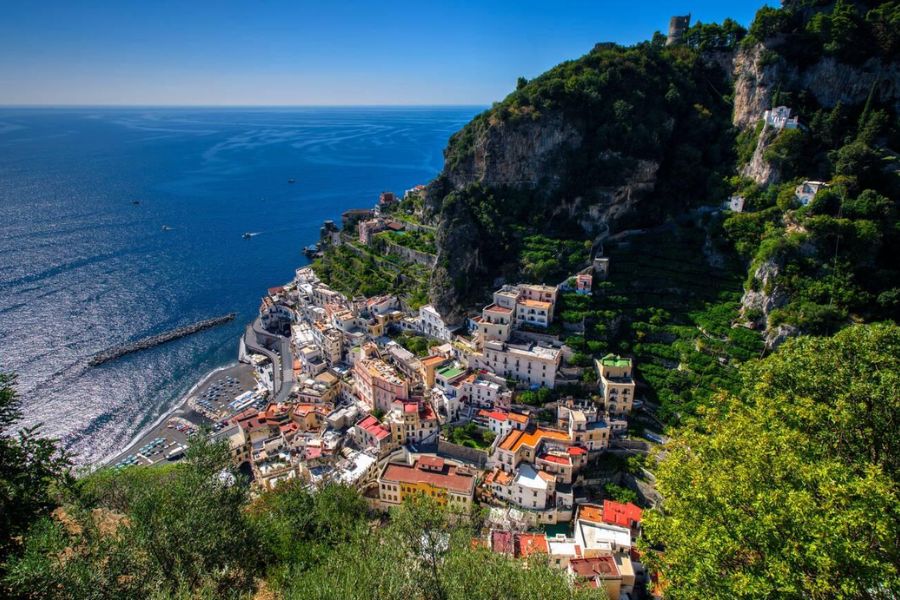
If you can, join a cooking class on a farm. I learned to make traditional pasta dishes using freshly laid eggs and just-picked herbs—skills I brought home as a delicious reminder of my time in Cilento.
Nature Parks and Biodiversity of Cilento
Cilento is packed with natural wealth, from mountains to coastlines. The region’s commitment to conservation has created sanctuaries for rare plants and animals, while giving visitors landscapes that are just breathtaking.
Parco Nazionale del Cilento e Vallo di Diano
The Cilento, Vallo di Diano and Alburni National Park is a true ecological treasure in southern Italy. The park was established to protect the region’s natural heritage and it covers dramatic dolomite mountains, mysterious karst caves, and ancient forests.
Hiking through the park, I noticed how varied the terrain is. The limestone Alburni Mountains rise up with rugged peaks and hidden valleys.
The park isn’t just about natural beauty—it’s also a UNESCO World Heritage site. Ancient Greek settlements like Paestum and Velia (the “Great Attractor”) sit inside its boundaries, blending history and nature in a way you rarely see.
Coastal Trails and Natural Parks
Cilento’s coastline offers some of the most pristine beaches I’ve ever found in Italy. Crystal-clear waters meet protected shores, perfect for swimming and exploring.
Coastal trails hug dramatic cliffs, giving you panoramic views of the Tyrrhenian Sea. During my hikes, I spotted Mediterranean plants clinging to rocky outcrops and seabirds gliding overhead.
Several smaller natural parks dot the coastline, protecting fragile dune ecosystems and coastal forests. These areas serve as nesting grounds for birds and preserve traditional Mediterranean habitats.
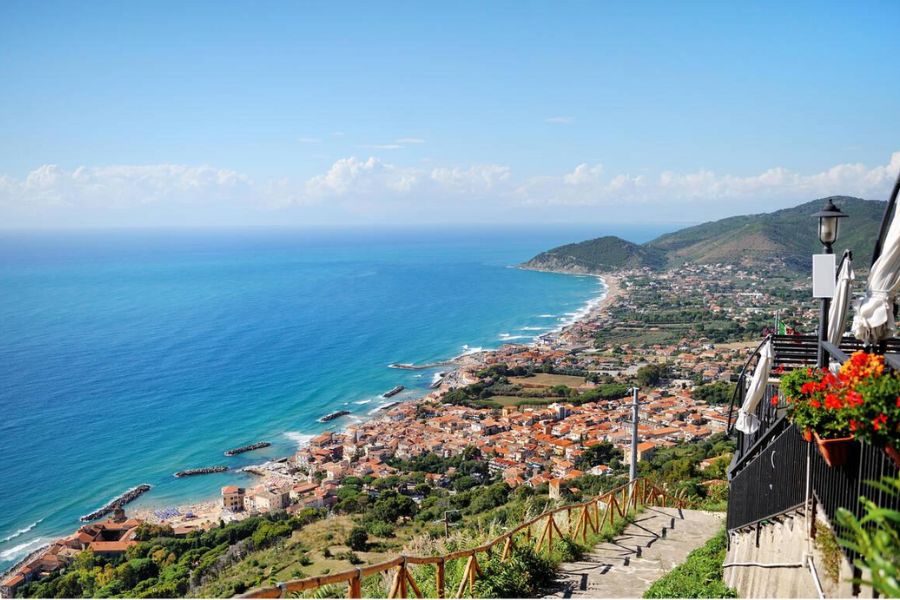
The way these coastal parks connect with the larger national park lets wildlife move freely between habitats, boosting the region’s biodiversity.
Wildlife Conservation and Biodiversity
Cilento’s biodiversity is off the charts—from rare orchids to elusive mammals. The park protects over 2,000 plant species, including several you won’t find anywhere else.
Wildlife conservation efforts have helped endangered species like the Italian wolf and the European otter. Careful management has allowed these populations to stabilize in recent years.
Bird watchers will love it here. Over 200 species have been recorded, and during migration seasons, the park becomes a crucial stopover for birds traveling between Europe and Africa.
With ecosystems ranging from high mountain meadows to Mediterranean scrub, the park offers countless ecological niches. That explains the exceptional biodiversity you find throughout Cilento.
Rustic Elegance: The Cilento National Park Experience
Staying in the park gave me authentic experiences that combined nature with local culture. Small agriturismi (farm stays) offer comfortable accommodations while supporting sustainable agriculture.
I appreciated how the park balances conservation with accessibility. Well-marked trails cater to everyone, from casual walkers to serious hikers.
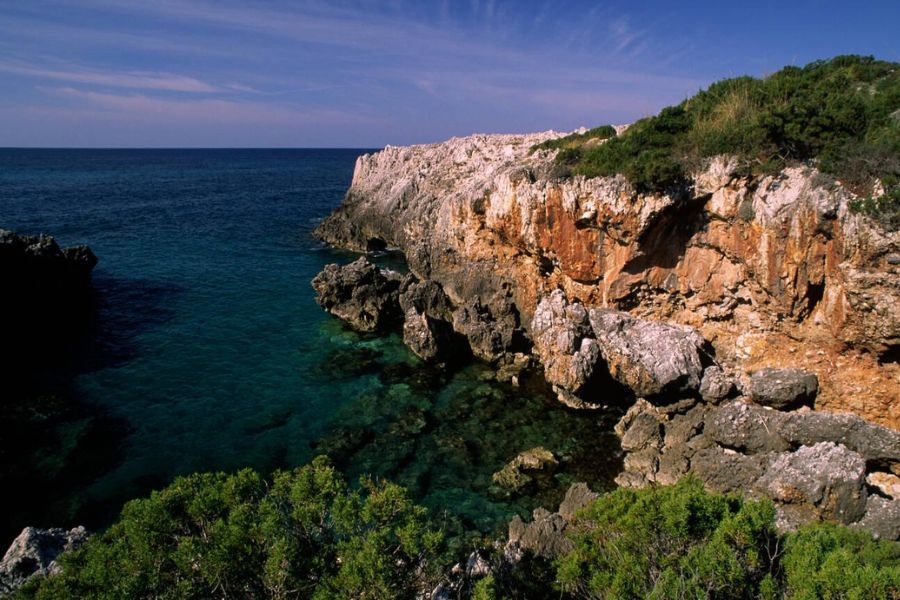
Local guides made my experience richer with their deep knowledge of the area’s ecology, history, and traditions. They pointed out plants used in traditional medicine and cooking—things I would have missed on my own.
Each season brings its own magic. Spring brings wildflowers, summer is for beaches, autumn means mushroom hunting, and winter reveals mountains dusted with snow.
Cultural Traditions, Shopping, and Local Life
Cilento gives you an authentic slice of Italian life, where traditions blend with modern influences. The region’s cultural landscape is shaped by its artisanal heritage, vibrant historic centers, and seasonal festivals that make the most of local bounty.
Ceramics and Local Artisan Crafts
Ceramics are a big deal in Cilento’s artisanal traditions. Local potters create distinctive pieces using age-old techniques, often with blue and yellow Mediterranean designs.
In the hill towns, I found small workshops where artisans craft everything from decorative plates to practical kitchen items. Many use clay from the local hills.
In Castellabate, I watched a master potter turn a lump of clay into a vase adorned with lemon motifs. These pieces make perfect souvenirs that really capture Cilento.
Basket weaving is another important craft here. Artisans make sturdy baskets from olive branches and reeds, still used by farmers during harvest. You’ll spot these at weekly markets and specialty shops.
Shopping in Historic Centres
Shopping in Cilento’s historic centers is a treat. Narrow cobblestone streets are lined with family-run boutiques and specialty stores.
In Acciaroli, I wandered alleyways lined with shops selling locally made products. Shopkeepers often invite you in for a chat, making shopping feel personal.
Agropoli’s historic center has boutiques selling handcrafted leather goods, jewelry, and clothing. Shopping here feels much more relaxed than in the tourist-heavy Amalfi Coast towns.
Market days bring town squares alive. The Saturday market in Vallo della Lucania is especially lively, with stalls selling:
- Fresh produce from local farms
- Handmade cheeses and cured meats
- Artisanal olive oils and wines
- Handcrafted jewelry and textiles
Festivals, Limoncello, and Everyday Life
Life in Cilento follows the rhythm of the seasons and local traditions. Summer brings a calendar packed with food festivals celebrating everything from buffalo mozzarella to white figs.
I attended the annual Limoncello Festival in Rutino, where locals show off their citrus liqueur recipes. Families guard their limoncello secrets, and each batch has its own twist.
Evenings revolve around the passeggiata, when locals dress up and stroll the main piazza. This ritual gives you a glimpse of authentic Italian community life that’s getting rare elsewhere.
Coffee culture rules the mornings. Locals crowd small bars for espresso and conversation. I quickly adopted this ritual, enjoying my morning caffè while watching the town wake up.
Culinary Influences from Capri and the Amalfi Coast
While Cilento has its own culinary identity, I noticed hints from Capri and the Amalfi Coast. Lemon-infused dishes popular along the Amalfi Coast have made their way into Cilento’s kitchens.
Local restaurants serve delicate fish carpaccio dressed with lemon and olive oil, reminiscent of Capri’s style.
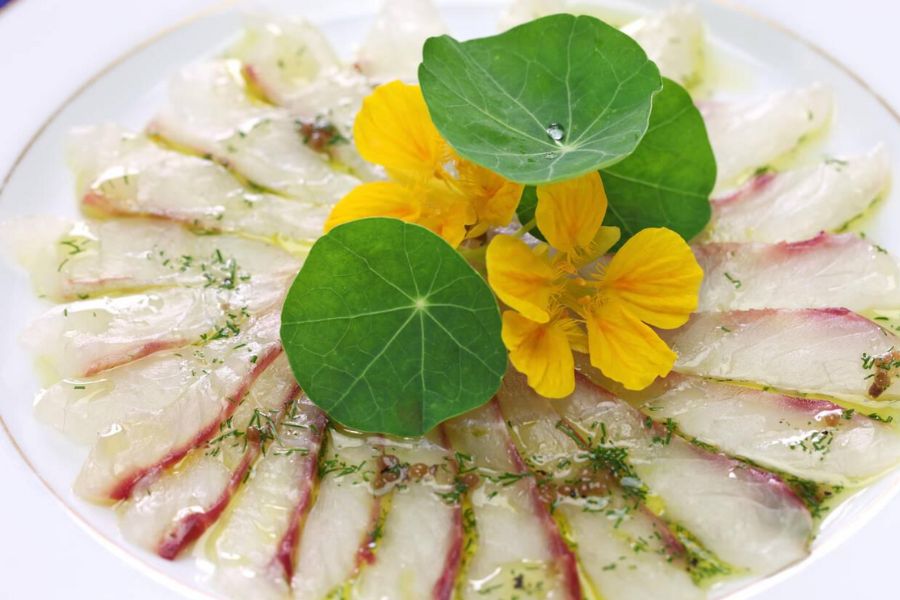
Pastry shops display sfogliatelle and babà, sweets you’d usually associate with Naples and the Amalfi Coast. Cilento bakers add their own twist, sometimes using local honey or buffalo milk.
Beyond food, I spotted architectural influences in newer buildings and interior designs that echo the whites and blues of Capri. These elements blend with Cilento’s rustic aesthetic, creating a unique cultural landscape that honors tradition while embracing new ideas.
Cilento’s Place in the World: Inspiration and Recognition
Cilento has earned its place on the global stage through recognition and its influence on cultural preservation. The region’s mix of ancient history and natural beauty creates a landscape that resonates far beyond Italy.
UNESCO Status and Global Recognition
Cilento and Vallo di Diano National Park holds UNESCO World Heritage status, joining the list of globally significant cultural landscapes. I was surprised to learn that this designation recognizes both the area’s natural beauty and historical significance.
The park earned its place on the list alongside its archaeological sites.
What sets Cilento apart is how it preserves the relationship between humans and nature. Unlike Pompeii and Vesuvius, which are known for disaster, Cilento showcases harmonious coexistence.
The Certosa di Padula, a grand Carthusian monastery within the park, shows off the architectural mastery that helped earn this recognition. Its design and cultural significance continue to attract visitors from around the world.
Inspirations from Other National Parks
As I traveled, I noticed how Cilento shares conservation philosophies with other renowned parks. Like Yellowstone National Park in the U.S., Cilento balances tourism with ecological preservation.
Mesa Verde National Park faces similar challenges, protecting ancient structures while allowing public access. Both sites show that you can preserve archaeological treasures inside natural landscapes.
Cilento’s approach reminds me a bit of Nahanni National Park in Canada and Simien National Park in Ethiopia. Each combines cultural heritage with natural wonders, creating layered experiences.
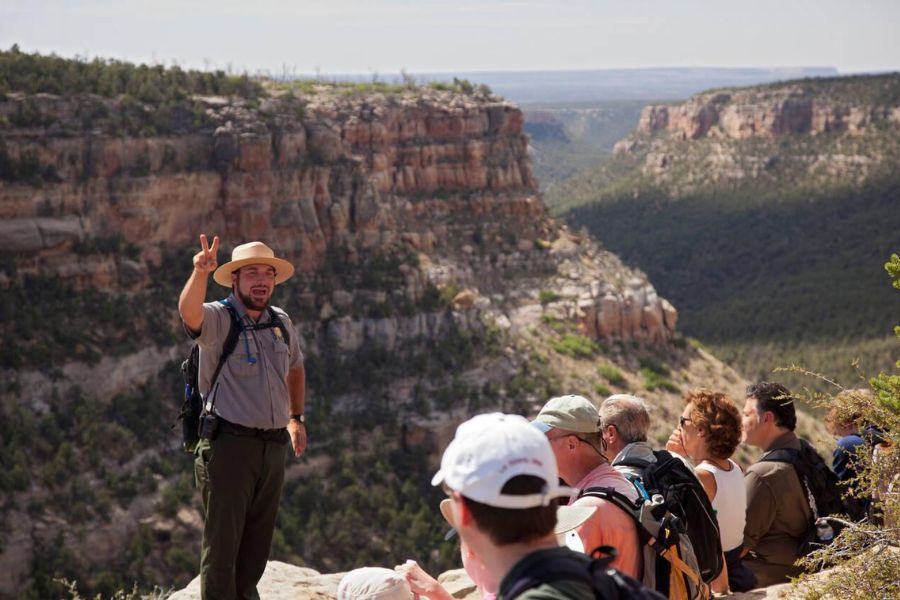
What makes Cilento unique is its Mediterranean context, offering creative solutions to conservation challenges that inspire park management worldwide.
Linking Past and Present Cultural Landscapes
Walking through Cilento, I always sense a thread connecting ancient Greek settlements and today’s communities. It reminds me of other living heritage sites, like Lalibela in Ethiopia or Aachen Cathedral in Germany.
The architecture in Cilento shows evolution rather than replacement. Greek temples stand near medieval villages and modern farms, creating a visual timeline of human achievement.
Local cuisine bridges the eras. Traditional buffalo farming methods have ancient roots but keep evolving to meet modern needs.
I’m especially impressed by how Cilento’s people maintain cultural traditions while adapting to modern life. This balance creates an authentic experience, not a museum, making the region a model for sustainable cultural preservation.

